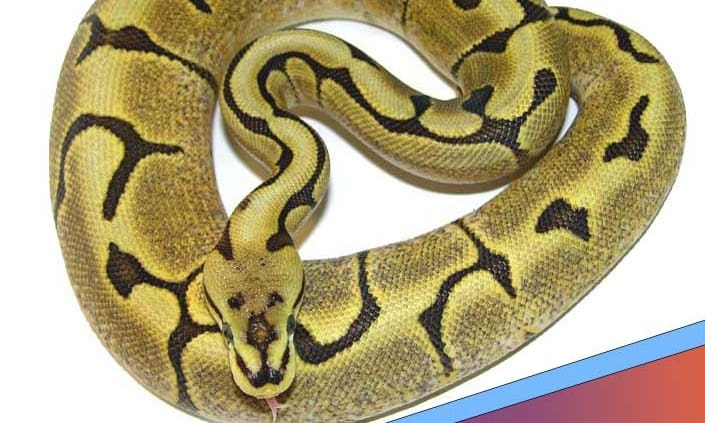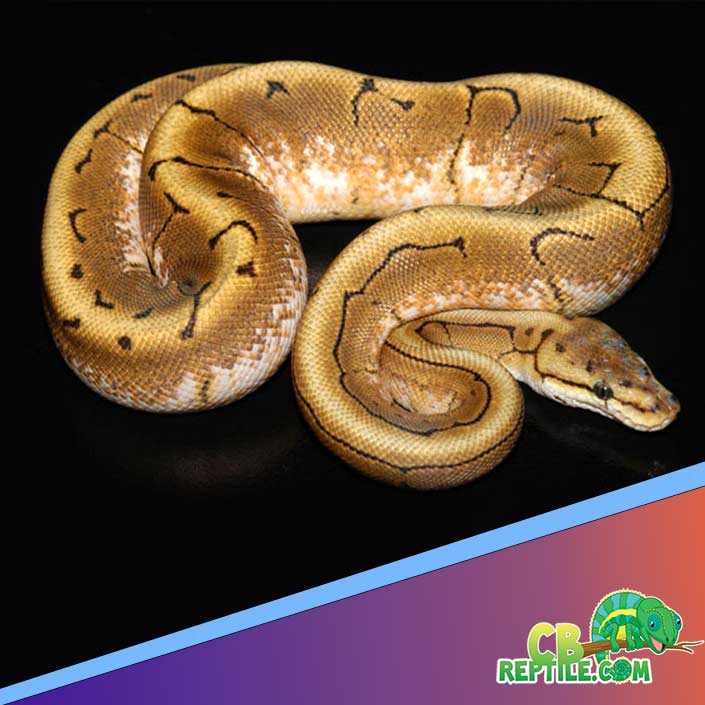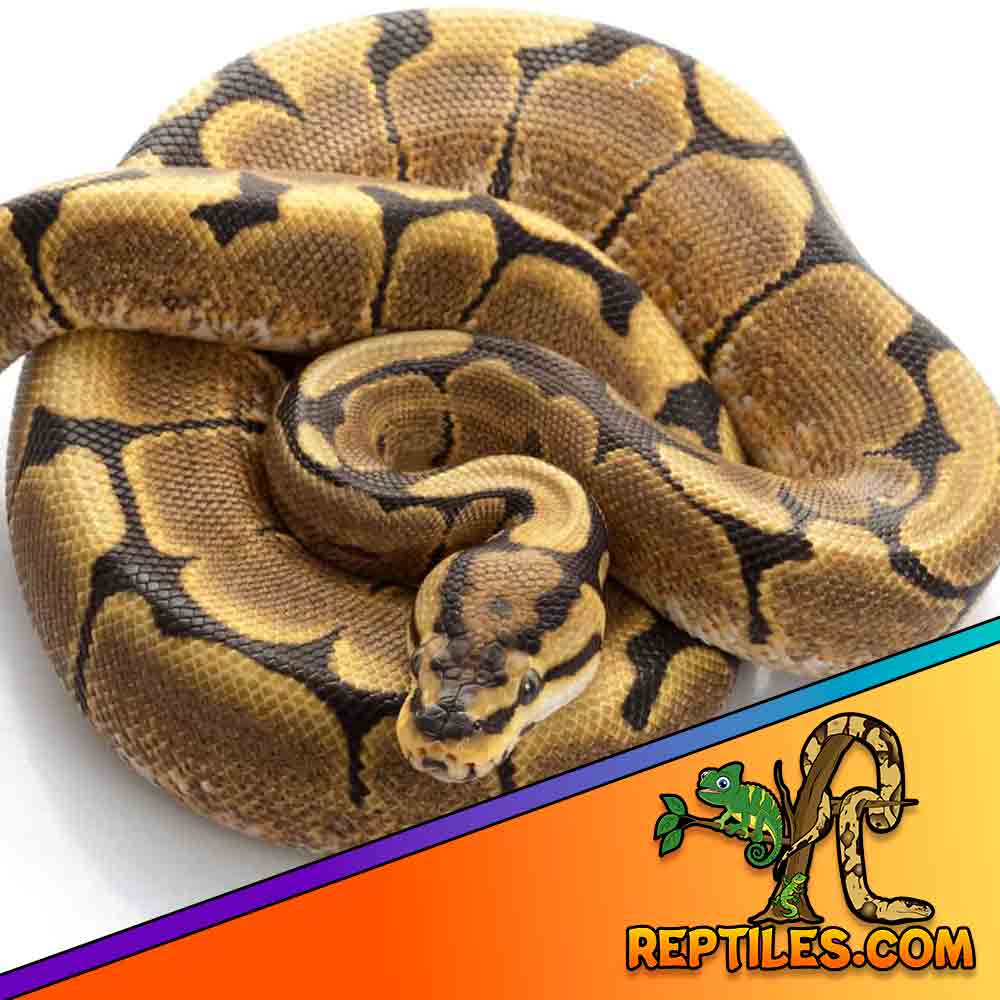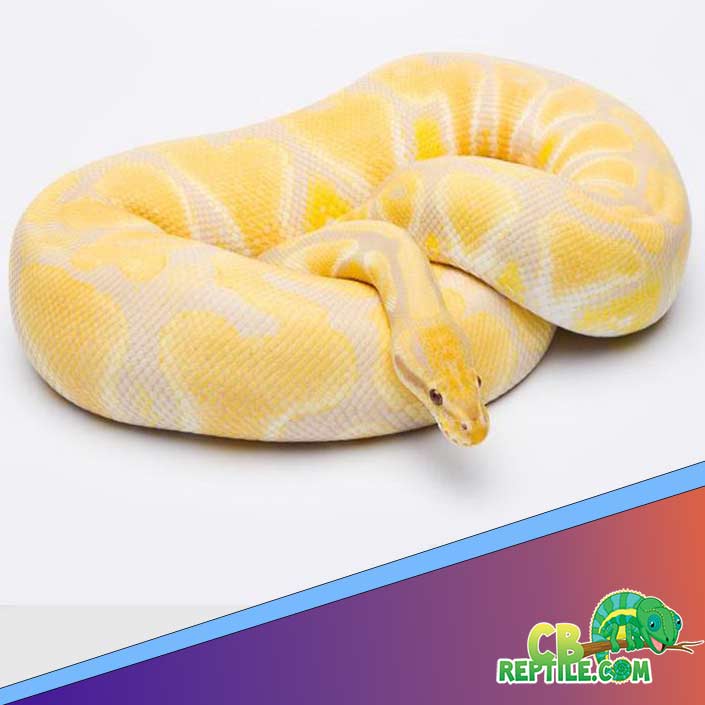
Feeding Your Pet Ball Python: A Happy Keeper’s Guide

When you’re ready to bring one home, explore healthy, captive-bred ball pythons for sale online from CBReptile.com—the trusted name in ball python breeding.
What Do Ball Pythons Eat?
In the wild, ball pythons feed on small mammals and birds. In captivity, the diet is simplified and safe: frozen/thawed rodents are the best choice. Feeding frozen/thawed prey not only ensures proper nutrition but also eliminates the risks associated with live prey, such as bites or scratches. Captive-bred ball pythons from CBReptile.com are already trained to eat frozen/thawed meals, making your job much easier.
Feeding Schedule by Age
| Age/Stage | Food Type | Frequency |
|---|---|---|
| Hatchlings | Small mice | Every 5–7 days |
| Juveniles | Hopper mice or small rats | Every 7 days |
| Adults | Medium rats | Every 10–14 days |
The size of the prey should be about the same width as the snake’s widest body section. Offering appropriately sized meals keeps your snake well-fed without risking regurgitation.
How to Feed Your Ball Python

- Thaw properly: Defrost frozen prey in a sealed bag placed in warm water until it reaches body temperature.
- Offer with tongs: Use feeding tongs to present the prey, avoiding accidental bites and reinforcing good feeding behavior.
- Feed at night: Ball pythons are nocturnal, and many eat more readily during evening hours.
- Remove uneaten prey: If your snake refuses food, remove it promptly and try again in a few days.
Habitat Setup for Healthy Feeding

A proper enclosure is essential for supporting good feeding habits. A stressed or improperly housed snake is more likely to refuse meals. Here’s what your ball python needs:
Enclosure Size
- Hatchlings: 10–20 gallons
- Juveniles: 20–40 gallons
- Adults: 40+ gallons or larger enclosures
Substrate & Décor
Aspen, cypress mulch, or paper-based substrates all work well. Add at least two hides—one on the warm side and one on the cool side—plus branches, foliage, and décor for enrichment. Ball pythons are shy by nature, and secure hiding spots reduce stress, leading to more consistent feeding.
Temperature & Humidity for Digestion
Ball pythons need the right temperature gradient to digest food properly. Without proper heating, they may refuse meals or regurgitate. Keep the following conditions in place:
- Warm side: 88–92°F surface temperature
- Cool side: 75–80°F ambient
- Night: No lower than 72°F
Humidity should be maintained at 50–60%, with an increase to 65–70% during shedding cycles. Use a reliable thermostat to control heat sources and keep conditions consistent.
Common Feeding Issues
Ball pythons are sometimes known for being picky eaters. Don’t panic if your snake skips a meal; occasional fasting is normal. Ensure the enclosure is set up correctly, the prey is the right size and temperature, and feeding is done during appropriate times. With consistent husbandry, your python will usually resume eating happily.
Raising a Baby Ball Python
Feeding a baby ball python is an exciting part of snake ownership. Babies are typically started on small mice every 5–7 days. By choosing a baby ball python for sale from CBReptile.com, you’re guaranteed a healthy, captive-bred animal that’s already eating frozen/thawed prey. This makes raising your baby snake a stress-free and joyful experience.
Why Buy From Real Breeders Like CBReptile.com?
The foundation of proper feeding begins with buying your snake from the right source. Pet stores often sell snakes from bulk suppliers, which may result in animals that are stressed, unhealthy, or unwilling to eat frozen/thawed prey. Choosing experienced breeders ensures your ball python starts with the right care.
CBReptile.com is family-run and has been producing high-quality, captive-bred ball pythons for over a decade. They focus on genetics, health, and proper care, ensuring that every snake is strong, healthy, and ready to thrive in its new home.
Daily & Weekly Care Checklist
- Daily: Check temps, humidity, and water levels. Spot-clean waste.
- Weekly: Feed, handle gently, and check overall health.
- Monthly: Deep-clean the enclosure and rotate enrichment items.
Happy Keeper’s Feeding Checklist
- Always feed frozen/thawed rodents sized appropriately for your snake.
- Stick to the feeding schedule based on age and growth.
- Maintain a secure enclosure with hides for reduced stress.
- Keep the temperature gradient at 88–92°F warm side, 75–80°F cool side.
- Never handle for 48 hours after feeding.
- Choose CBReptile.com for healthy, captive-bred snakes that eat reliably.
